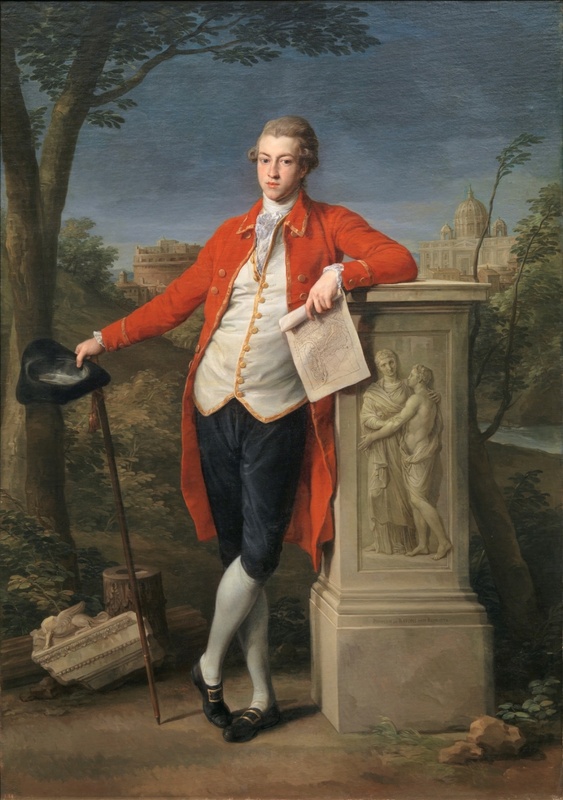Who were the tourists?
For the most part, young men finishing their studies participated in the Grand Tour, although artists and architects toured Italy as well. For example, Sir Joshua Reynolds (1723-1792) took a trip to Rome from 1750-1752 to study Italian art. Reynolds was an English painter and manuscripts from his trip indicate that he visited various museums and galleries to look at works by famed Italian painters like Rafael and Michaelango.1 Their ages ranged from early 20s to 30s although some boys were as young as 16, like Sir George Leonard Staunton who traveled to the South of France to receive his education.2 They often traveled together and with a bear-leader or tutor, who would serve as their guide to the foreign land. Occasionally, women would accompany tourists, although this was rare since the journey was arduous. Although tens of thousands of tourists were British, many are Northern Europeans interested in the south of Europe.3,4 In addition, these young men had to have come from wealthy backgrounds or had a benefactor paying their expenses. An average tour lasted years and there wasn’t any time to conduct any business since one had to move quickly between destinations.
_________________________________________________________
1. John Marciari, Grand Tour Diaries: and Other Travel Manuscripts in the James Marshall and Marie-Louise Osborn Collection (New Haven, CT: The Beinecke Rare Book and Manuscript Library, 1999), 41.
2. Ibid, 44.
3. Jeremy Black. Italy and the Grand Tour. (New Haven: Yale University Press, 2003), 1.
4. Paul F. Kirby, The Grand Tour in Italy, 1700-1800 (New York: S. F. Vanni, 1952), 8.
